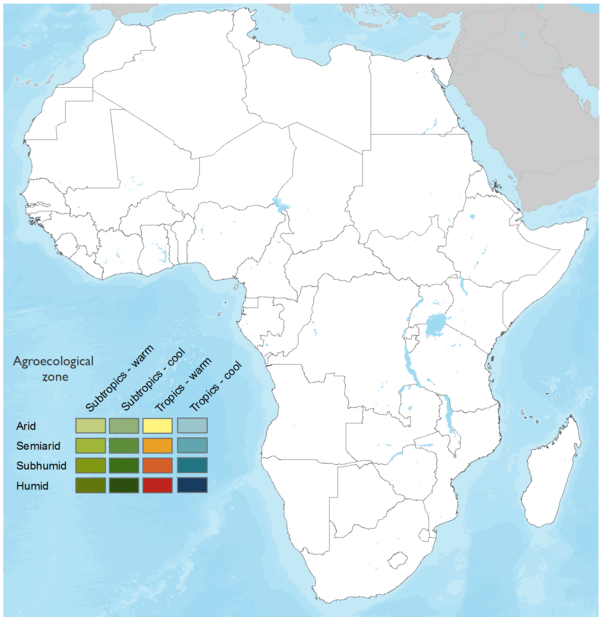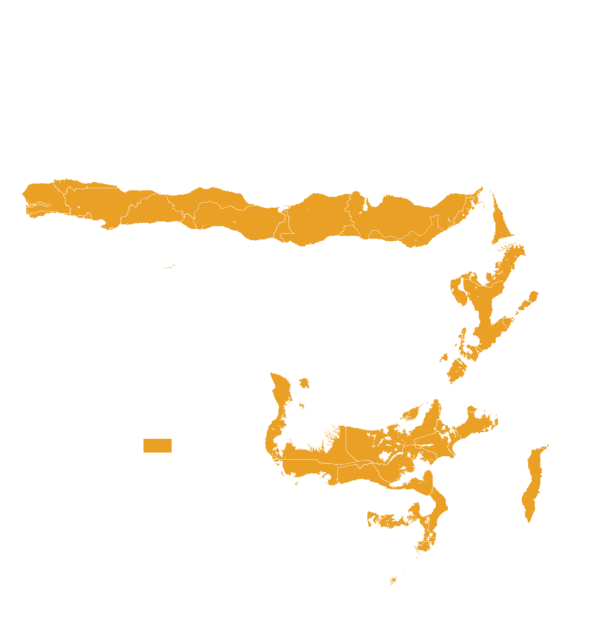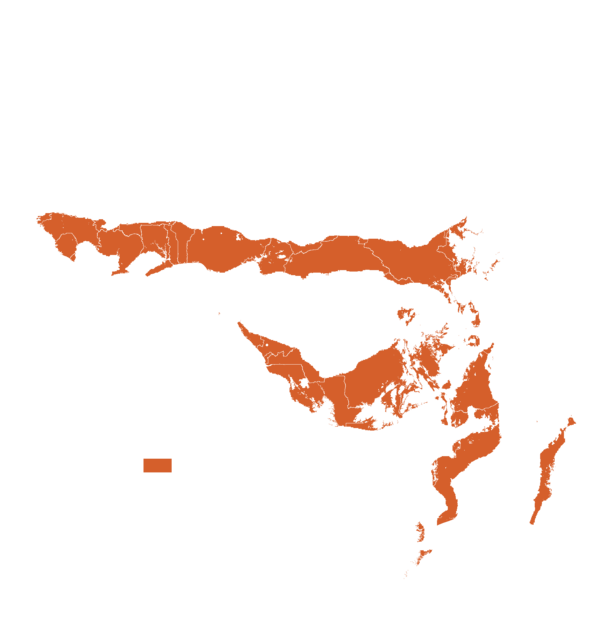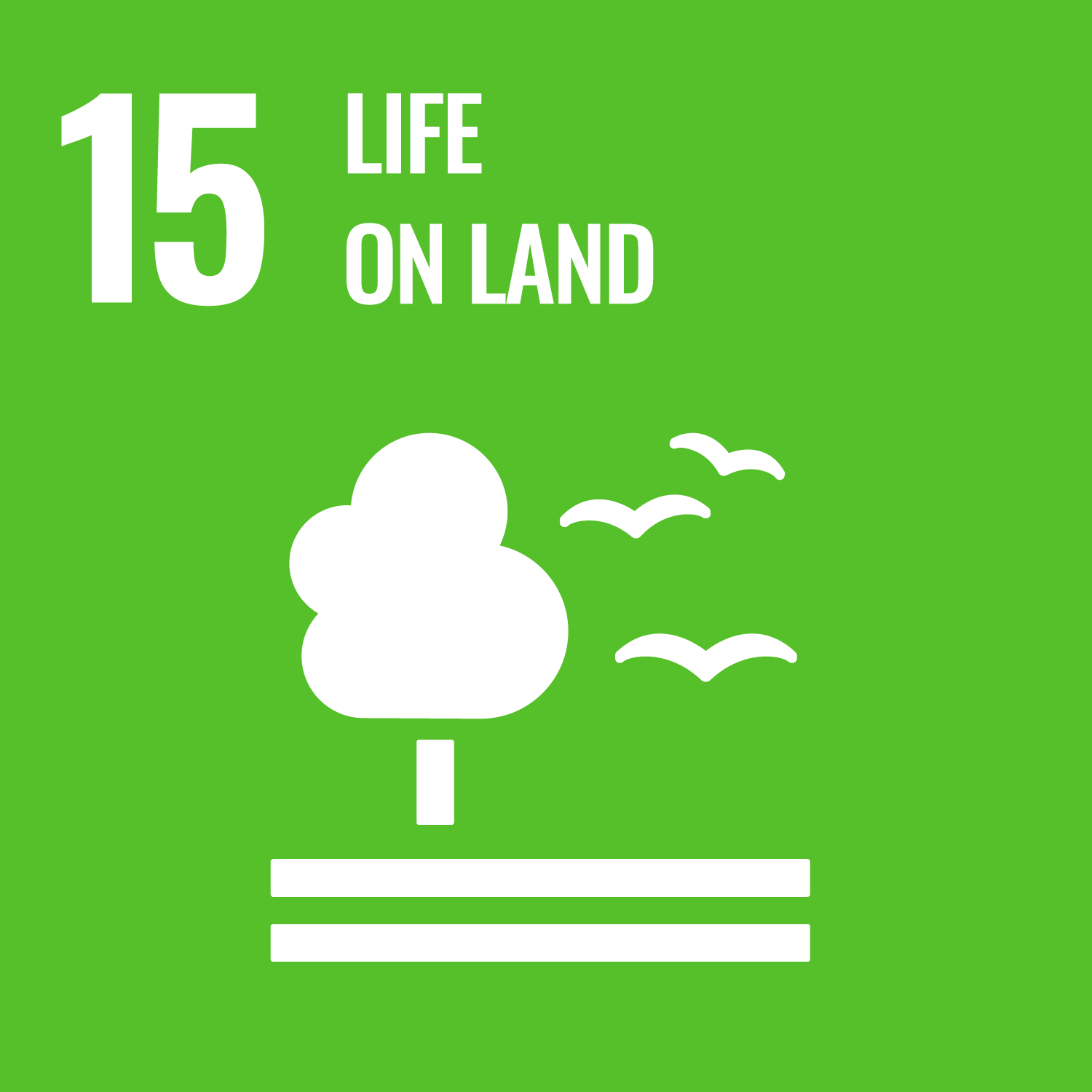A Sustainable, Profitable Solution for Diamondback Moth and Beyond!
The technology is a biopesticide based on the entomopathogenic fungus Beauveria bassiana (Balsamo) Vuillemin, specifically the isolate Bb11 from the IITA-Benin collection, found in Penessoulou, Benin. Originally designed to control the caterpillars of the cabbage moth (Plutella xylostella), also known as the diamondback moth, this natural fungus produces live spores called conidia. When applied to crops, these spores attach to the insect's cuticle (its outer layer), germinate, and penetrate the insect's internal tissues. The fungus then grows within the insect, causing rapid tissue damage and mortality. Safe for humans, animals, and beneficial insects, this biopesticide offers an eco-friendly, sustainable alternative to chemical pesticides. It is widely used as part of Integrated Pest Management (IPM) strategies for protecting crops from pest damage in both open-field and protected agriculture settings.
This technology is not yet validated.
Crop damage from pests such as fall armyworm, stem borers, thrips, and aphids leads to significant yield losses across various staple and cash crops.
Resistance to chemical pesticides is increasing, reducing the effectiveness of conventional pest control methods.
Health and environmental risks associated with synthetic pesticides threaten pollinators, soil biodiversity, and farmer well-being.
Limited access to biological alternatives leaves smallholder farmers with few sustainable pest management options.
Climate change exacerbates pest pressure, requiring resilient, eco-friendly solutions for long-term crop protection.
Controls a broad range of pests: Effectively manages major crop pests such as the fall armyworm (Spodoptera frugiperda), whiteflies, aphids, thrips, and stem borers through natural infection and colonization.
Safe for humans and the environment: Offers a low-toxicity alternative to synthetic pesticides, reducing health risks for farmers and consumers.
Preserves beneficial insects: Selectively targets pest species while sparing pollinators and natural enemies, helping maintain ecological balance.
Reduces pesticide resistance: Provides a biological mode of action that helps mitigate resistance problems often caused by chemical overuse.
Supports sustainable and organic agriculture: Compatible with integrated pest management (IPM) programs and certified organic farming systems.
Adaptable to various crops and conditions: Applicable on cereals, vegetables, fruits, and pulses under different agroecological zones.
Enhances soil health and biodiversity: Unlike chemical treatments, it leaves no toxic residues and contributes to healthier agroecosystems.
Beauveria bassiana (Bb11): A Sustainable Solution for Eco-Friendly Pest Management
Beauveria bassiana (Bb11) is a naturally derived biopesticide developed to combat destructive pests such as the diamondback moth, fall armyworm, stem borers, thrips, and aphids. Sourced from a locally validated fungal isolate (Bb11), this bio-based solution offers governments and development programs a cost-effective, environmentally responsible alternative to synthetic pesticides. It supports food security goals by reducing yield losses while preserving beneficial insects and soil health.
To integrate Beauveria bassiana (Bb11) into your agricultural initiative, follow these steps:
Estimate Product Requirements
Determine required quantities based on target crops and pest pressure. For example:
- Cabbage and leafy vegetables: Apply every 7–10 days during infestations.
- Maize or pulses: Adjust frequency based on pest monitoring and climatic conditions.
Assess Local Availability
Verify if Bb11-based products are registered and available in the country. If importing, review logistics, regulatory approvals, and estimated costs.
Train Extension Agents and Farmers
Provide hands-on training for proper application—typically as foliar sprays under moderate temperatures and high humidity. Emphasize early-stage pest targeting and compatibility with integrated pest management (IPM) practices.
Disseminate Awareness Materials
Develop and distribute flyers, videos, and radio content to inform farmers and stakeholders about the safety, usage, and effectiveness of Bb11.
Promote Integrated Pest Management (IPM)
Encourage the combination of Bb11 with resistant crop varieties, crop rotation, and other IPM tools to strengthen pest control and reduce pesticide resistance.
Foster Institutional Partnerships
Collaborate with research institutes, local agrodealers, and extension services to scale adoption and ensure continuous technical support.
By adopting Beauveria bassiana (Bb11), your program can enhance pest resilience, protect biodiversity, and promote sustainable, climate-smart agriculture at scale.
| Country | Testing ongoing | Tested | Adopted | |
|---|---|---|---|---|
| This technology has not been tested or adopted in any country. | ||||
This technology can be used in the colored agro-ecological zones. Any zones shown in white are not suitable for this technology.




| AEZ | Subtropic - warm | Subtropic - cool | Tropic - warm | Tropic - cool |
|---|---|---|---|---|
| Arid | – | – | – | – |
| Semiarid | – | – | – | |
| Subhumid | – | – | – | |
| Humid | – | – | – |
Source: HarvestChoice/IFPRI 2009
The United Nations Sustainable Development Goals that are applicable to this technology.


Formulation: The biopesticide is typically available in powder or liquid form containing viable spores of Beauveria bassiana.
Application method:
Foliar spray is the most common approach—apply directly to the crop foliage using a knapsack sprayer or motorized mist blower.
Ensure even coverage, especially on the undersides of leaves where pests often hide.
Timing:
Apply in the early morning or late afternoon to protect spores from UV light degradation.
Best used at the early stages of pest infestation to maximize effectiveness.
Environmental conditions:
High humidity (above 70%) and moderate temperatures (20–30°C) favor fungal germination and pest infection.
Avoid applying during heavy rains or drought conditions.
Compatibility:
Can be integrated with other IPM tools like pheromone traps, resistant varieties, and cultural practices.
Avoid mixing with chemical fungicides, as they may reduce fungal viability.
Reapplication:
Depending on infestation levels and environmental conditions, reapply every 7–10 days as needed.
Last updated on 6 May 2025